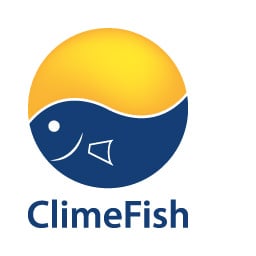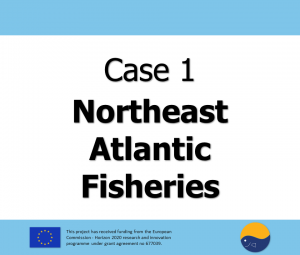
Main results Slight future increase projected in both mackerel and (for some periods) in blue whiting spawning stock biomass, but reduction for Norwegian spring spawning herring (D3.3). The three species are expected to shift the feeding distribution slightly southwestward during feeding in the summer, with prey availability being the major driver (D3.3). Large increase projected…
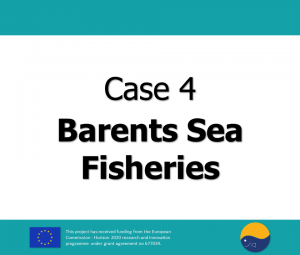
Main results: Sea surface temperature is expected to increase during the next two decades, with a concurrent decrease of sea ice coverage in the northern and south eastern Barents Sea. The production potential of the Barents Sea is projected to increase up to 2050. Due to favourable environmental conditions and reduced fishing pressure, the population…
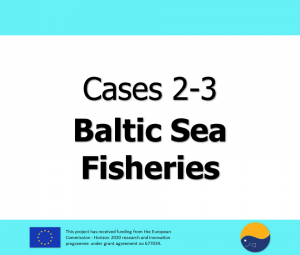
Main results Pelagic fish will benefit from future warmer temperatures, but future stock sizes will depend strongly on future nutrient loads. Nutrient loading is the quantity of nutrients (of e.g. nitrogen or phosphorus) entering an ecosystem at a given time. Load reductions will decrease the potential for pelagic fisheries, since lower primary production reduces the…
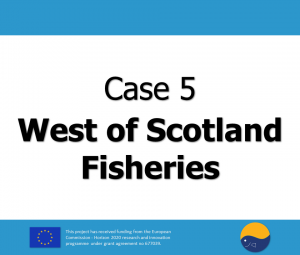
Main results The distribution of marine fish species in and around the west of Scotland is changing due to ocean warming. Most species are relocating away from fast warming areas towards slower warming areas, resulting in shifts generally northward and/or towards deeper waters. Warming is also affecting the growth and body size of commercial fish…
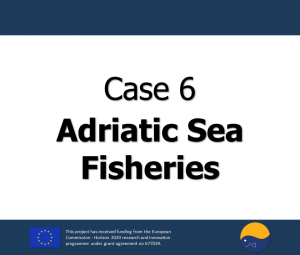
Main results Fishing activities in the Adriatic are quite vulnerable to increasing water temperature, as almost all target species show cold/temperate thermal affinity Temperature rise could exceed the optimal levels for cold species, leading to a decreasing of abundances until a complete collapse of their populations Increasing presence of thermophilic non-indigenous species in the area…
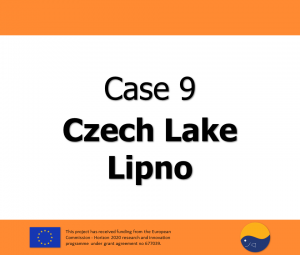
Main results The two main drivers of warm-water fish are temperature and food quantity New methods for calculating Eurasian perch was developed Carp in central Europe is still in suboptimal conditions. It does not reproduce naturally, and biomass loss exceeds the production IBM forecasting the biomass and yield of pikeperch was developed for the Lipno…

Main results Salmonids in Northern lakes will experience rapid and substantial warming resulting in a prolonged ice-free season and higher water temperatures Warmer waters at high latitudes will promote temperature-dependent growth for all investigated species Faster somatic growth will lead to increased biomass and production Inland fisheries may benefit from faster growth at moderate fishing…

Main results Temperature increase in Lake Garda can exceed the optimal levels for several species, leading to decreased growth performance and biomass reduction The warmer waters could affect the survival of some life-stages, representing a potential criticality for recruitment The severity of the climate induced changes is mediated (attenuated or exacerbated) by the management of…
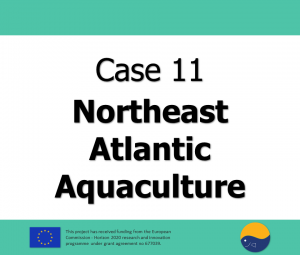
Main results Salmon are vulnerable to temperature increase due to thermal limitations. In some Norwegian regions, temperature already exceeds the thermal optima for salmon aquaculture, and the industry in these regions will be especially vulnerable to extreme events, such as heat waves The diversity of farming sites makes it difficult to generalize possible adaptation strategies,…

Main results As temperature increases, carps are likely to grow faster in the future as a result of growing appetite, more intensive metabolic activity and increased availability of planktonic food sources Carp yields in 2050 are forecasted to be 3-8% higher than today Production risks will be higher: occurrence of sub-optimal oxygen levels, harmful algal…

